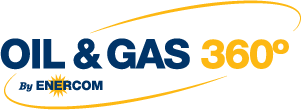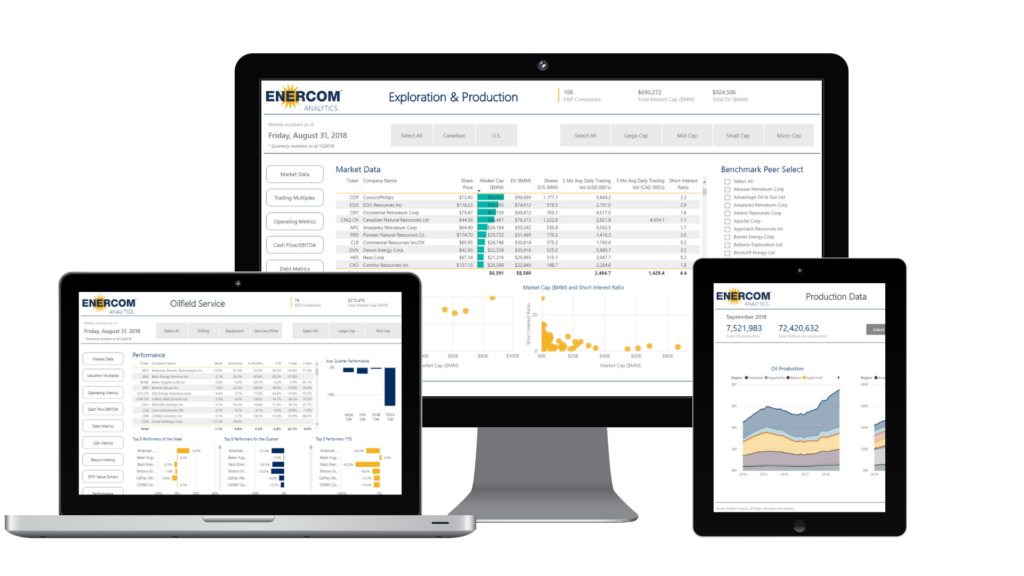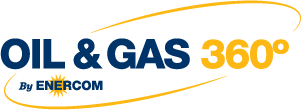EQT targets 200 wells for Pennsylvania and West Virginia
EQT Corporation (ticker: EQT) announced fourth quarter earnings yesterday, reporting a net loss of $192 million, or ($1.11) per share. After adjusting for impairments and other items affecting comparability, earnings were $43.8 million, or an income of $0.25 per share. With a Zacks Consensus Estimate of a loss of $0.10 per share, the adjusted earnings beat estimates by a wide margin. Total 2016 net loss was $453 million, or ($2.71) per share, with adjusted net loss of $54.3 million, $0.33 per share.
EQT Reserves grow to 13.5 Tcfe, up 35%
EQT also reported reserves yesterday, with year-end 2016 proved reserves of 13.5 Tcfe, a 35% increase over 2015. Excluding 2016 acquisitions, the company added 1.9 Tcfe of proved reserves in 2016. This increase was the result of the completion of 143 wells and the acquisition of 75 wells during 2016.
Proved undeveloped reserves grew to 6.7 Tcfe, an increase of 80% above last year’s 3.7 Tcfe. Much of this increase was due to the acquisition of Marcellus acreage; EQT added a net 145,500 Marcellus acres in 2016.

200 wells for Pennsylvania and West Virginia
EQT expects 2017 CapEx to be $1.5 billion, with $1.3 billion for well development. The company plans to drill 119 wells in the Marcellus, focusing on core acreage in Pennsylvania and West Virginia. An additional 81 wells are planned for the Upper Devonian in Pennsylvania. While most development is expected to be in the Marcellus and Upper Devonian, the company expects to spud 7 Utica test wells in 2017.
Steven T. Schlotterbeck, EQT President, discussed some operations improvements made recently. Along with larger and more intensive fracturing jobs, the company has created a model that it believes will improve logistics significantly. This model, which outlines things like rig and frac scheduling, is intended to help avoid downtime and use capital efficiently.
Q&A from EQT conference call
Q: Can you talk a little bit more on the innovations side of things, where can you go from here, obviously longer laterals, proppant loading, stage facing, where you think you could go from where we’re at today?
EQT President Steven T. Schlotterbeck: Well, I think on the completion side, as we mentioned before, we’ve started doing bigger frac jobs and higher proppant loadings. We’re not quite ready to announce any revisions to our type curves, but I would expect it will, we’ll have an update by the next call. We just want to get a little more data there, and we’re expanding that to – we’re now testing even higher proppant loads that will take some more time to conclude how much or if, there is a benefit there, but we continue to experiment and look for better ways on the completion side.
I would say our innovations aren’t solely focused on drilling completion activities though, and a couple areas we’re doing a lot of work in are kind of more on the logistical side. So, we’re doing a lot of operations research kind of work on our rig scheduling and our frac scheduling and how we move and transport water. And what we’re finding through some pretty advanced modeling is our previous assumptions about what was optimum turn out to be pretty far off.
And the conclusions from these models really aren’t intuitive. Very difficult for a human being to look at a spreadsheet and come up with the optimum schedule. So we’re just starting that kind of work. We think the applicability to our business could be pretty widespread and potentially pretty dramatic in terms of lowering our unit operating costs. So a lot of work happening in that area. It’ll take some time, but we’re pretty excited about it.
Q: Can you give us an example of what you mean by that, just some of the logistical things? Maybe just one salient example just to give us some construct of what you all are doing and seeing?
Steven T. Schlotterbeck: So one example we did is we brought in a PhD from Carnegie Mellon University to help us with this modeling because it’s pretty advanced stuff for certainly for someone like me. And first thing he did was he did a look-back on a group of pads in Greene County that we had already drilled. So we knew what we had thought was optimum.
And our typical assumption was generally if we have multi-well pads, drill all the wells with the rig. It’s very expensive to move rigs. It’s about $0.5 million every time we move a rig. So we thought it was best to drill all the wells, move the rig somewhere else, bring in the frac crews, bring in the water and the sand, and frac all the wells back-to-back and then bring them all online.
And he looked back and built this model which incorporated the logistics of the water, logistics of the crews, the downtime associated with the production, the pipeline capacities and capacity availability, a number of other variables. And the rig schedule that it printed out looked like a pig’s breakfast. I mean, it was moving rigs a lot more often than we thought. But said that we would have created significantly more value had we followed that schedule. So that really opened our eyes. And we really thought, well, this might really add some value if we get these kind of results everywhere else.
So we’re starting to apply that, again, to rig and frac scheduling, but also to helping us decide how to better design our pipeline systems to make that capital more efficient and, importantly, the best ways to move our water, because that’s becoming a bigger and bigger piece of our cost structure.


